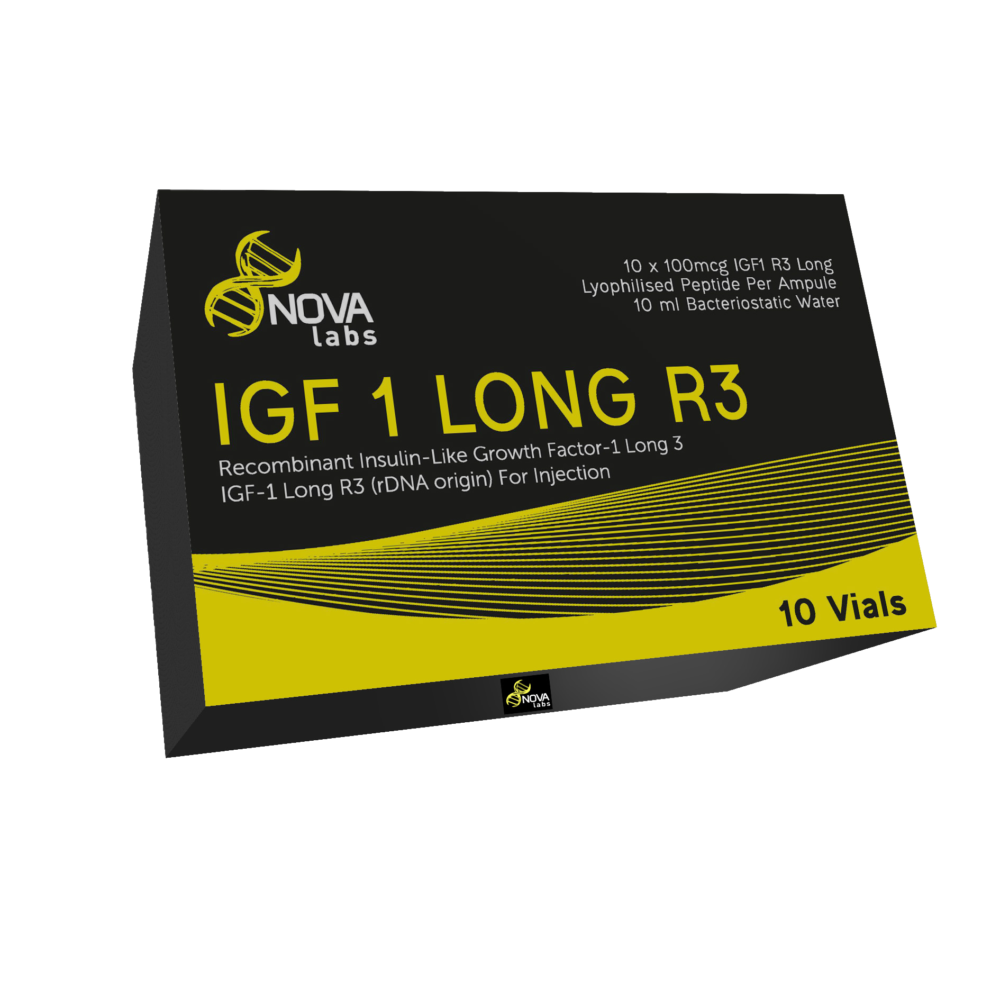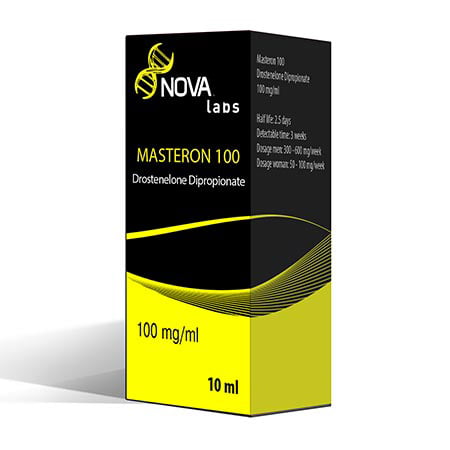Description
Manufacturer Description
IGF-1 LR3 (Insulin-like growth factor 1) is a hormone that functions as the major mediator of growth hormone (GH)-stimulated somatic growth, as well as a mediator of GH-independent anabolic responses in many cells and tissues. IGF-1 is a small peptide (molecular weight 7647) that circulates in serum bound to high affinity binding proteins. IGF-1 LR3 is an unusual peptide in this regard since it is more than 99 percent protein-bound.
IGF-1 is synthesized by multiple mesenchymal cell types. As a result, there are two major mechanisms of IGF-1 regulation:
- IGF-1 that is synthesized in the liver and secreted into the blood is under the control of GH.
- Autocrine/paracrine IGF-1 is synthesized in peripheral tissues, such as bone. Its synthesis is controlled by GH and by factors that are secreted locally by the surrounding cell types. Some of the secreted autocrine/paracrine IGF-1 enters the systemic circulation. Therefore, understanding the regulation of autocrine/paracrine synthesis of IGF-1 is necessary to interpret changes in serum IGF-1 concentrations.
IGF-1 exerts its effects via activation of the IGF-1 receptor. This receptor is widely distributed, which enables blood-transported IGF-1 to coordinate balanced growth among multiple tissues and organs. In contrast, autocrine/paracrine IGF-1 can stimulate local, unbalanced growth independently of systemic GH. Examples of this type of growth regulation are wound healing and growth of the contralateral kidney after unilateral nephrectomy.










Reviews
There are no reviews yet.